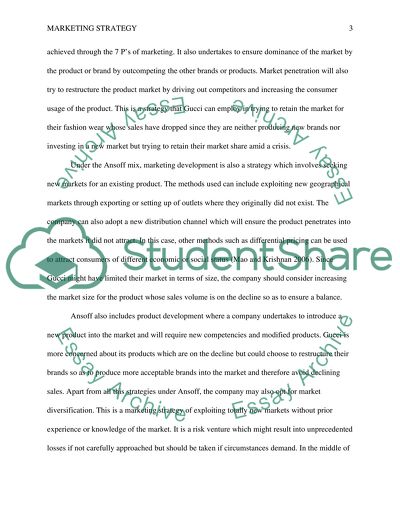Cite this document
(“Case Study of Gucci Essay Example | Topics and Well Written Essays - 1750 words”, n.d.)
Retrieved from https://studentshare.org/marketing/1438960-case-study-gucci
Retrieved from https://studentshare.org/marketing/1438960-case-study-gucci
(Case Study of Gucci Essay Example | Topics and Well Written Essays - 1750 Words)
https://studentshare.org/marketing/1438960-case-study-gucci.
https://studentshare.org/marketing/1438960-case-study-gucci.
“Case Study of Gucci Essay Example | Topics and Well Written Essays - 1750 Words”, n.d. https://studentshare.org/marketing/1438960-case-study-gucci.


